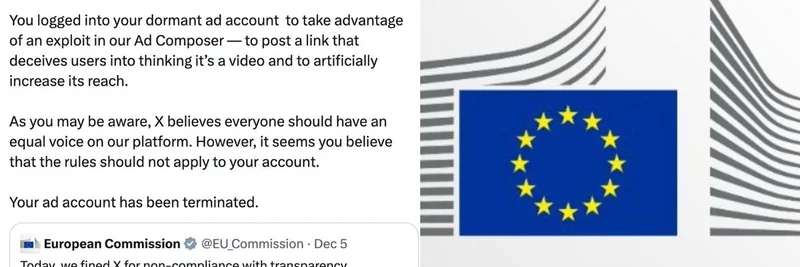In the fast-paced world of cryptocurrency, understanding the nuances between different types of assets can make all the difference for investors, especially those diving into meme tokens. A recent tweet from crypto commentator MartyParty sparked an interesting discussion on this topic. He stated: "IMO: Store of Value network assets and Execution Engine network assets are two completely different industries. There is zero reason for them to be correlated." You can check out the original post here.
Let's break this down in simple terms. Store of Value (SoV) assets are like digital gold. Think Bitcoin – it's designed primarily to hold value over time, acting as a hedge against inflation or economic uncertainty. People buy and hold SoV assets because they believe they'll retain or increase in worth, much like traditional commodities.
On the other hand, Execution Engine networks are the workhorses of the blockchain world. These are platforms like Ethereum or Solana, where smart contracts run, decentralized apps (dApps) are built, and transactions happen at scale. They're all about functionality – enabling things like DeFi protocols, NFTs, and yes, the creation and trading of meme tokens.
MartyParty's point is spot on: these two categories serve entirely different purposes. SoV assets thrive on scarcity and security, while execution engines buzz with innovation, scalability, and real-world utility. In theory, their market performances shouldn't move in lockstep. For instance, a dip in Bitcoin due to regulatory news might not affect Ethereum's price if there's a surge in dApp adoption.
This distinction is particularly relevant for meme token enthusiasts. Most meme coins, like Dogecoin or newer ones on Solana, live on execution engine networks. Their value often stems from community hype, viral trends, and speculative trading rather than intrinsic store-of-value properties. If the crypto market matures, we might see meme tokens' prices decoupling from Bitcoin's movements, influenced more by on-chain activity or cultural phenomena.
Community reactions to MartyParty's tweet highlight the ongoing debate. One user noted that Ethereum could straddle both worlds, positioning itself as both a SoV and an execution layer. Another suggested that correlations might fade as adoption grows and investors focus on fundamentals. These perspectives add depth, showing that while separations exist, overlaps and evolutions are possible.
For blockchain practitioners eyeing meme tokens, this insight encourages a diversified approach. Don't assume all crypto rises and falls together – evaluate assets based on their core functions. Keeping an eye on execution engine developments, such as layer-2 solutions or faster transaction speeds, could signal big opportunities in the meme space.
As the industry evolves, understanding these divides will help you navigate the volatility and spot trends early. Whether you're holding Bitcoin for the long haul or chasing the next meme coin pump, recognizing these "different industries" within crypto is key to building a resilient portfolio.



